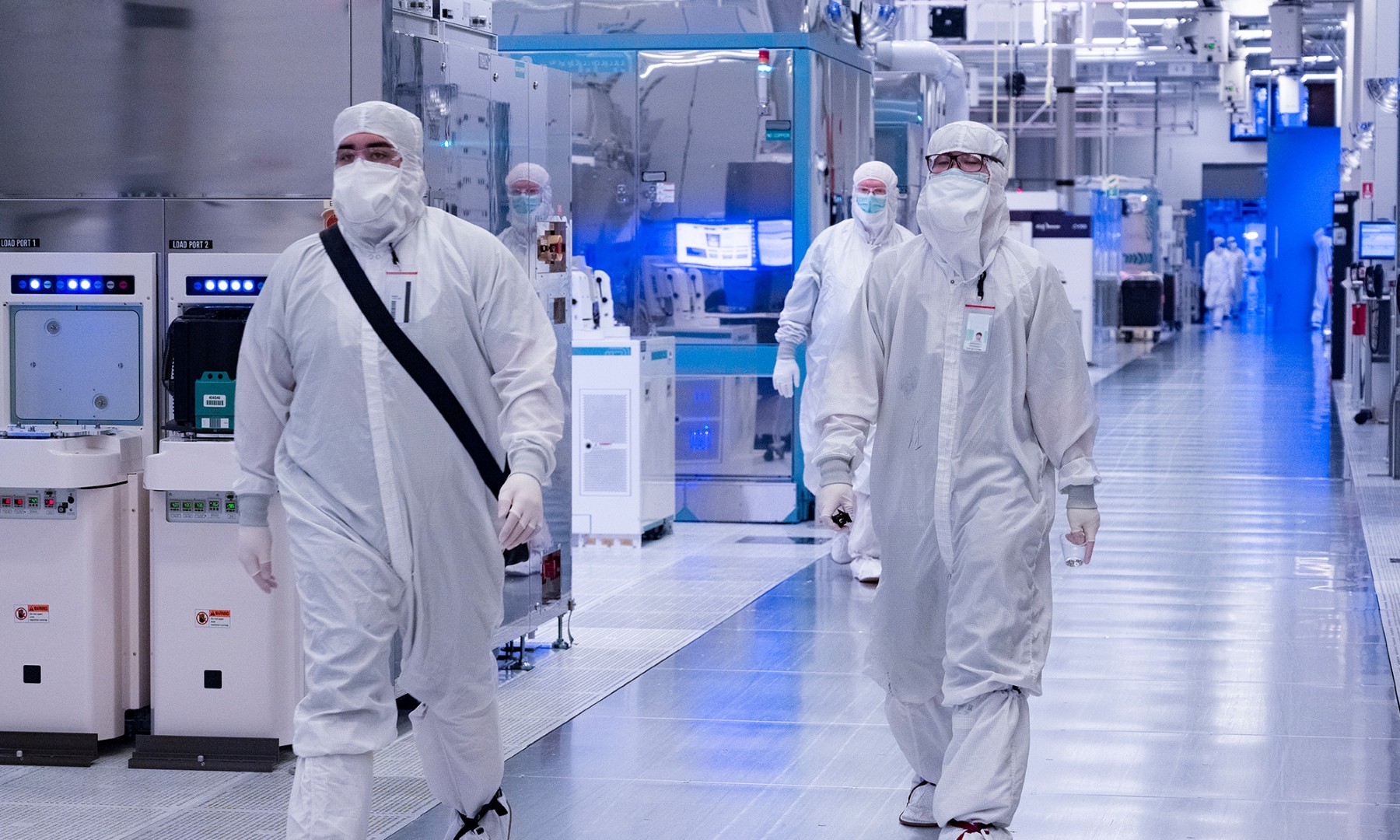
Image source: Intel.
About a year ago, microprocessor giant Intel (INTC +6.31%) introduced a chip known as the Core i7 6700K. It is based on the company's newest Skylake processor architecture and is targeted at the PC gaming and enthusiast market, a sub-segment of the personal computer market that Intel CEO Brian Krzanich says "continues to grow at a double-digit rate".
Interestingly, when the 6700K first arrived, Intel had a lot of trouble building enough of them to meet demand (likely as a result of some combination of robust demand and production difficulties related to the company's 14-nanometer chip manufacturing process). Fast forward to today, and Intel seems to have its 14-nanometer manufacturing yields in good shape, so manufacturing these parts is no longer an issue. Additionally, the excitement around a product that's now a year old probably isn't what it was when the product first launched.
But as a result, it would appear Intel has cut prices on the Core i7 6700K. Does this bode poorly for the company's future revenue or profitability?
Core i7 6700K now available for $319
According to Intel's Processor Price List document, the official recommended customer price for the Core i7 6700K is $339. However, on both Newegg.com as well as Amazon.com, the pricing of the 6700K chip has fallen to $319.
Generally speaking, it's not in a company's best interest to reduce pricing on a product if demand is robust at a higher price point -- price cuts often come when a company is trying to stimulate demand for a product. The fact that Intel has reduced pricing on the 6700K by $20 (or approximately 6%), seems to suggest that it's trying to do just that to reignite interest in the chip.
A refresh would be helpful here
The problem is that a year after the 6700K launched, Intel should be ready to launch its successor, the Kaby Lake-based 7700K. According to a recent leak, the product looks quite compelling, offering a solid increase in out-of-the-box performance.
Unfortunately, according to that same leak, Intel has delayed the launch of its Kaby Lake family of desktop processors from the fourth quarter of 2016 to the first quarter of 2017. This means that the company is going to be stuck selling 6700K chips at depressed levels for several more quarters before refreshing the product line to shore up average selling prices.
A potential offsetting factor
Although Intel seems to have cut prices on the 6700K, it's worth pointing out that for gamers and enthusiasts, the chipmaker offers an entirely separate product line known as the high-end desktop, or HEDT, lineup.
These parts feature greater core counts than the 6700K (the current lineup comes in six, eight, and ten-core options) but are built on a previous generation processor architecture (Broadwell instead of Skylake). They're also significantly more expensive than the 6700K, with the lowest cost model in the lineup beginning at $420 on Newegg.com.
Interestingly, generation-on-generation, Intel actually increased the prices of its Broadwell-based high-end desktop parts, as you can see in the table below:
|
Product configuration |
Haswell Launch Pricing |
Broadwell Launch Pricing |
Price Change |
|---|---|---|---|
|
6C/12T w/ 28 PCIe Lanes |
$389 |
$434 |
+11.6% |
|
6C/12T w/ 40 PCIe lanes |
$583 |
$617 |
+5.8% |
|
8C/16T w/ 40 PCIe lanes |
$999 |
$1,089 |
+9% |
|
10C/20T w/ 40 PCIe lanes |
N/A |
$1,723 |
N/A |
Data source: Intel processor price list.
With the higher price tags, it appears Intel may be betting on gamers and enthusiasts moving over to the high-end desktop product line rather than staying with mainstream parts.
Longer-term implications of moving to high-end desktop platform
The market for gaming-oriented personal computers and components is a unique one. According to ASUSTek, a major vendor in this industry, the segment should grow at a 20% to 30% annual pace "over the next few years" (via DIGITIMES). That figure combines both desktop and notebook PCs, but I would imagine that both platforms are expected to enjoy some unit growth.
Intel is well-positioned to capitalize on the secular growth trends in both of these markets (its offerings for both platforms are extremely strong). However, I don't think Intel is content to simply ride the secular unit growth wave. Intel wants to build products that bring additional value to the market in a bid to drive richer average selling prices. By more aggressively marketing its high-end desktop products, it can potentially drive improved average selling prices.
As far as margins go, the high-end desktop chips are based on the same silicon as chips that go into servers. This means the chip sizes are larger and more expensive to manufacture. However, at the current selling prices, it's likely that raw gross margins on these products are much higher than their mainstream counterparts.
If Intel can continue to improve its high-end desktop offerings -- something that various leaks show that it is indeed doing -- then the company's gaming business could see both top and bottom line boosts in the years ahead.






